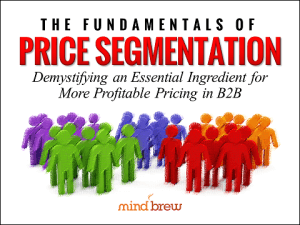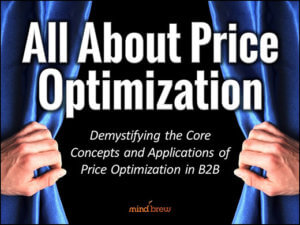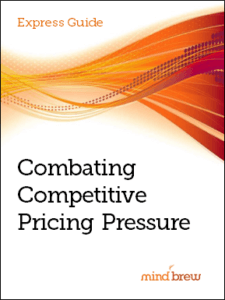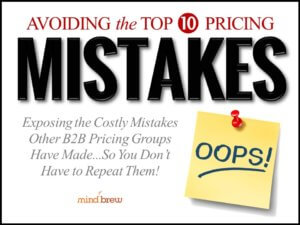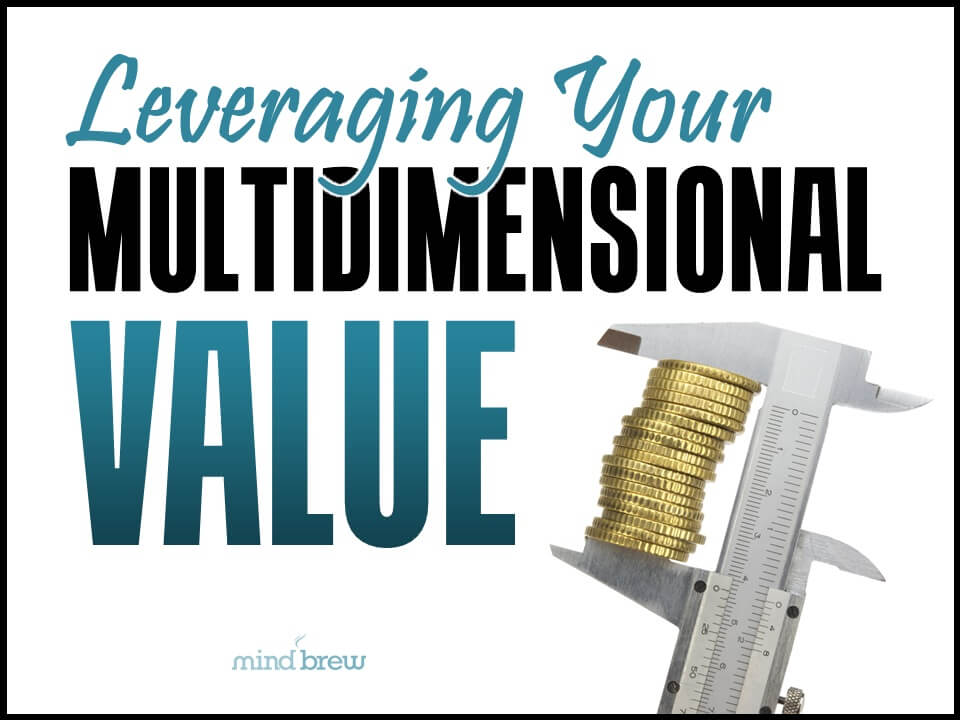We all know that “correlation is not causation,” but when it comes to pricing segmentation models, it can be tough to sort out which attributes really matter for the model and which are just statistical flukes.
If you are ever in the mood for some good numbers-geek humor, check out the website Spurious Correlations. There you can discover that the divorce rate in Maine aligns amazingly closely with the per capita consumption of margarine. And that the graph for U.S. spending on science, space and technology is alarmingly similar to the graph for suicides by hanging, strangulation and suffocation.
While those are easy to dismiss as anomalies, others on the site might make you think. Could it be possible that the total revenue generated by arcades does have some relationship to the number of computer science doctorates awarded in the U.S.? Or that the number of Japanese passenger cars sold in the U.S. does have some weird bearing on the number of suicides by crashing a motor vehicle?
With today’s advanced analytics tools, pricing analysts can look at a virtually unlimited number of factors when trying to put together their pricing segmentation models. It might be easy to disregard any historical correlations between the number of letters in a company name and the size of a deal, but others could be more confusing. Could there be a causal relationship between the age of the salesperson involved and the negotiated price? Or between the average temperature in a customer’s city and their willingness to pay higher prices?
Rather than chase down a million factors that may or may not be related to the prices customers are willing to pay, we encourage pricing teams to look for just four to seven attributes that are the most accurate and predictive for them. In general, these attributes fall into three different buckets:
- Customer Attributes — Consider whether characteristics such as customer industry, size, geographic location, business structure, end markets, or tenure as a customer with you affect their willingness to pay.
- Product Attributes — Customers are often willing to pay higher prices for certain products because they have unique features, because there aren’t many similar products on the market, or because a product meets a particular niche need.
- Order Attributes — You might also find that you can or should change your prices based on the quantity of products being purchased, the urgency of the delivery schedule, the number of other products being purchased, or because a particular order is different than a customer’s usual order.
With all of these factors, the key is to focus on attributes that affect the customer’s willingness to pay, not how much you want to charge. For example, you might want to charge Wall Street brokerage houses more money because you think they can afford it, but that doesn’t mean those firms will agree with you. Or it might actually be more expensive for you to fulfill a very large order, but customers may expect a volume discount.
In every case, you need to focus on the customer, not on your company’s expectations.
We explain this concept in much greater depth in the webinar The Fundamentals of Price Segmentation. It takes you through the process of putting together a pricing segmentation model step-by-step. If you’re feeling overwhelmed by the possibilities or unsure about where to begin with your model, this resource makes it easy to get started or to refine your current model so that it is more accurate and predictive.
And then you can go back to contemplating whether the similarity between bicyclists killed in collision with stationary objects and people who died by falling from a ladder represents correlation or causation. Hmmm…

